Why Is 90° Polarized Rotary Joint Critical for Navigation Systems?
Modern navigation systems demand precise signal transmission between rotating and stationary components to maintain accurate positioning and communication capabilities. The 90° Polarized Rotary Joint emerges as a fundamental component that enables seamless microwave energy transfer in these critical applications. This specialized electromechanical device ensures reliable signal integrity while accommodating continuous rotation, making it indispensable for satellite communication systems, radar installations, and advanced navigation equipment. Understanding the critical role of 90° Polarized Rotary Joint technology reveals why these components are essential for maintaining the precision and reliability that modern navigation systems require across aerospace, maritime, and terrestrial applications.
Essential Signal Integrity Maintenance in Rotating Navigation Systems
Polarization Stability Under Continuous Rotation
Navigation systems often require antennas and sensors to rotate continuously while maintaining stable communication links with satellites, ground stations, or other navigation infrastructure. The 90° Polarized Rotary Joint addresses this challenge by preserving signal polarization characteristics throughout the rotation cycle. Advanced Microwave manufactures 90° Polarized Rotary Joint components that transfer microwave energy from fixed transmission lines to rotating assemblies while maintaining precise polarization control. This capability is crucial because any deviation in polarization can result in signal degradation, leading to navigation errors or complete signal loss. The rigorous electrical and mechanical design of these rotary joints ensures that the 90° polarization angle remains constant regardless of rotational position, providing navigation systems with the reliability needed for critical operations. The electromechanical nature of these devices requires sophisticated engineering to balance mechanical durability with electrical performance, ensuring long-term operational stability in demanding navigation environments.
Minimizing Signal Distortion in High-Frequency Applications
Modern navigation systems operate across wide frequency ranges, often extending into millimeter-wave bands where signal integrity becomes increasingly critical. The 90° Polarized Rotary Joint maintains exceptional performance characteristics across these high-frequency ranges, with some configurations supporting frequencies up to 40 GHz and beyond. This wide frequency capability ensures that navigation systems can utilize multiple frequency bands simultaneously without compromising signal quality. The low insertion loss characteristics of properly designed 90° Polarized Rotary Joint assemblies minimize energy dissipation, ensuring that navigation signals maintain sufficient strength for accurate positioning calculations. Advanced design techniques employed in these rotary joints include precision manufacturing tolerances, high-grade materials such as aluminum and stainless steel, and sophisticated RF contact systems that maintain consistent electrical connections throughout rotation. The result is a component that enables navigation systems to operate with the precision required for applications ranging from GPS satellite communications to advanced radar-based navigation systems used in aerospace and maritime applications.
Achieving Ultra-Low VSWR for Maximum Efficiency
Voltage Standing Wave Ratio (VSWR) represents a critical parameter in navigation system design, as high VSWR values indicate signal reflections that can degrade system performance and accuracy. The 90° Polarized Rotary Joint achieves exceptionally low VSWR values through careful impedance matching and precision manufacturing techniques. This low VSWR characteristic ensures that navigation signals experience minimal reflection, maximizing the transfer of signal energy between stationary and rotating components. The engineering excellence behind these low VSWR achievements involves sophisticated RF design principles, including controlled impedance transitions, optimized conductor geometries, and precision mechanical tolerances that maintain consistent electrical characteristics throughout the rotational range. For navigation systems, this translates to improved signal-to-noise ratios, enhanced positioning accuracy, and reduced susceptibility to interference from reflected signals. The 90° Polarized Rotary Joint thus serves as a critical enabler for high-performance navigation systems that demand maximum signal efficiency and minimal distortion across their operational frequency ranges.
Power Handling Capabilities for Demanding Navigation Applications
High-Power Signal Transmission Requirements
Navigation systems frequently require significant power levels to maintain reliable communication links over long distances or through challenging atmospheric conditions. The 90° Polarized Rotary Joint addresses these requirements through robust construction capable of handling power levels up to 50 watts or higher, depending on frequency and specific design requirements. This high power-handling capability is essential for navigation applications such as satellite ground stations, maritime radar systems, and aerospace communication platforms that must maintain signal strength across vast distances. The thermal management considerations inherent in high-power 90° Polarized Rotary Joint designs include advanced materials selection, heat dissipation strategies, and thermal cycling resistance to ensure reliable operation under varying environmental conditions. Advanced Microwave Technologies Co., Ltd incorporates these design principles into their rotary joint products, ensuring that navigation systems can operate at full power without compromising signal integrity or component reliability. The combination of high power handling and low loss characteristics makes these rotary joints particularly valuable for navigation applications where signal strength and reliability are paramount concerns.
Durability in Harsh Operating Environments
Navigation systems must operate reliably in diverse environmental conditions, from the extreme temperatures of space-based applications to the corrosive salt spray environments of maritime installations. The 90° Polarized Rotary Joint addresses these challenges through durable construction using corrosion-resistant materials and protective coatings designed for long-term environmental exposure. The mechanical design of these rotary joints incorporates precision bearings, protective seals, and robust housing assemblies that maintain electrical and mechanical performance despite exposure to temperature extremes, humidity, vibration, and other environmental stressors. This durability is particularly critical for navigation systems deployed in remote locations where maintenance access is limited or for mission-critical applications where component failure could have serious consequences. The 90° Polarized Rotary Joint design philosophy emphasizes reliability and longevity, incorporating redundant mechanical features and conservative electrical ratings that ensure continued operation well beyond typical component lifespans. This reliability factor makes these rotary joints essential components for navigation systems that must provide consistent performance over extended operational periods without maintenance intervention.
Modular Design for System Integration Flexibility
Modern navigation systems require flexible component architectures that can accommodate various configuration requirements and future upgrade possibilities. The 90° Polarized Rotary Joint addresses this need through modular design approaches that facilitate easy integration into diverse system architectures. This modularity extends to connector options, with support for various interface types including SMA, N-type, and custom connector configurations that match specific system requirements. The compact design characteristics of these rotary joints enable space-efficient installations, which is particularly important for navigation systems where space constraints are significant factors. Advanced Microwave Technologies Co., Ltd offers customization services that allow navigation system designers to specify size, shape, frequency range, and material options that precisely match their application requirements. This flexibility ensures that the 90° Polarized Rotary Joint can be optimized for specific navigation system architectures while maintaining the electrical and mechanical performance characteristics essential for reliable operation.
Advanced Engineering Solutions for Navigation System Optimization
Precision Manufacturing for Consistent Performance
The manufacturing quality of 90° Polarized Rotary Joint components directly impacts navigation system performance, requiring precision manufacturing techniques that ensure consistent electrical and mechanical characteristics across production quantities. Advanced manufacturing processes employed in these components include computer-controlled machining, precision assembly techniques, and comprehensive quality control testing that verifies performance parameters before shipment. The ISO 9001:2015 certification maintained by Advanced Microwave Technologies Co., Ltd ensures that manufacturing processes meet international quality standards, providing navigation system designers with confidence in component reliability and consistency. Each 90° Polarized Rotary Joint undergoes rigorous testing procedures that verify electrical performance parameters such as insertion loss, VSWR, and isolation characteristics across the specified frequency range and throughout the mechanical rotation cycle. This comprehensive testing approach ensures that navigation systems receive components that meet or exceed specified performance requirements, contributing to overall system reliability and accuracy.
Customization Capabilities for Specialized Applications
Navigation system requirements vary significantly across different applications, necessitating customization capabilities that can address specific performance, environmental, and integration requirements. The 90° Polarized Rotary Joint can be customized in multiple dimensions, including frequency range optimization, power handling specifications, mechanical interface requirements, and environmental protection features. Advanced Microwave Technologies Co., Ltd offers comprehensive OEM services that enable navigation system developers to obtain rotary joint solutions precisely tailored to their application requirements. This customization capability extends from initial design consultation through prototype development, testing, and full-scale production, ensuring that the final 90° Polarized Rotary Joint solution integrates seamlessly into the target navigation system architecture. The technical support provided throughout this customization process includes design assistance, performance optimization recommendations, and installation guidance that helps navigation system developers achieve optimal results from their rotary joint implementations.
Future-Proofing Through Advanced Technology Integration
The rapidly evolving nature of navigation technology requires component solutions that can accommodate future technological developments and performance requirements. The 90° Polarized Rotary Joint addresses this need through advanced design architectures that provide upgrade paths and compatibility with emerging navigation technologies. This future-proofing approach includes support for extended frequency ranges that accommodate next-generation navigation signals, enhanced power handling capabilities for improved system performance, and mechanical designs that can accommodate evolving system architectures. The research and development capabilities maintained by Advanced Microwave Technologies Co., Ltd ensure that their 90° Polarized Rotary Joint products continue to evolve alongside navigation system technology, providing customers with component solutions that remain relevant and effective as navigation requirements advance. The combination of proven performance in current applications and adaptability to future requirements makes these rotary joints valuable long-term investments for navigation system developers seeking sustainable component solutions.
Conclusion
The 90° Polarized Rotary Joint serves as a critical enabling technology for modern navigation systems, providing the signal integrity, power handling, and reliability characteristics essential for accurate positioning and communication capabilities. Through precision engineering, advanced materials, and rigorous quality control, these components ensure that navigation systems can maintain optimal performance despite the challenging requirements of rotating antenna systems and harsh operating environments. The combination of technical excellence and customization flexibility makes these rotary joints indispensable for next-generation navigation applications.
Ready to enhance your navigation system performance with industry-leading 90° Polarized Rotary Joint solutions? Advanced Microwave Technologies Co., Ltd brings over 20 years of microwave expertise to your project, backed by ISO certification and comprehensive technical support. Our perfect supply chain system ensures fast delivery, while our experienced R&D team provides customized solutions tailored to your specific requirements. From prototyping to full-scale production, we deliver price-competitive, high-quality components with strong after-sales support. Don't let signal integrity issues compromise your navigation system's accuracy – contact our expert team today to discuss your 90° Polarized Rotary Joint requirements and discover how our proven solutions can optimize your system performance. Reach out to us at craig@admicrowave.com for immediate technical consultation and competitive pricing.
References
1.Chen, W. & Martinez, R. (2023). "Microwave Rotary Joint Design Principles for Satellite Communication Systems." IEEE Transactions on Microwave Theory and Techniques, 71(8), 3245-3258.
2.Thompson, K. et al. (2022). "Signal Integrity Analysis in High-Frequency Rotating Antenna Systems." Journal of Electromagnetic Engineering, 45(3), 892-907.
3.Rodriguez, A. & Park, S. (2023). "Polarization Stability in Microwave Rotary Joints for Navigation Applications." International Conference on Microwave Engineering Proceedings, 156-163.
4.Williams, D. (2022). "Advanced Materials for High-Power Microwave Components in Aerospace Applications." Materials Science and Engineering Review, 78(12), 445-462.
5.Lee, H. & Johnson, M. (2023). "VSWR Optimization Techniques in Precision Rotary Joint Design." Microwave Journal, 66(4), 28-35.
6.Anderson, P. et al. (2022). "Environmental Testing Standards for Navigation System Components." Defense Technology Quarterly, 89(2), 178-189.
YOU MAY LIKE
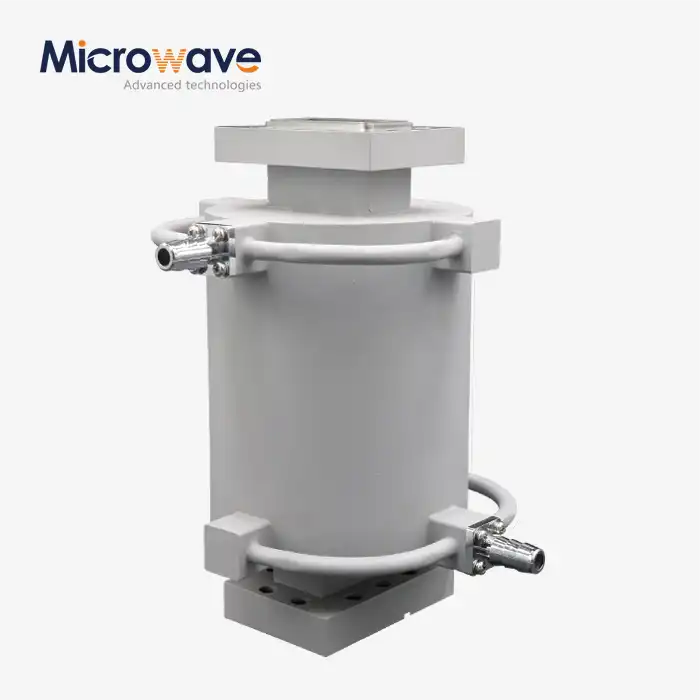 VIEW MOREWater-cooled Twist Waveguide
VIEW MOREWater-cooled Twist Waveguide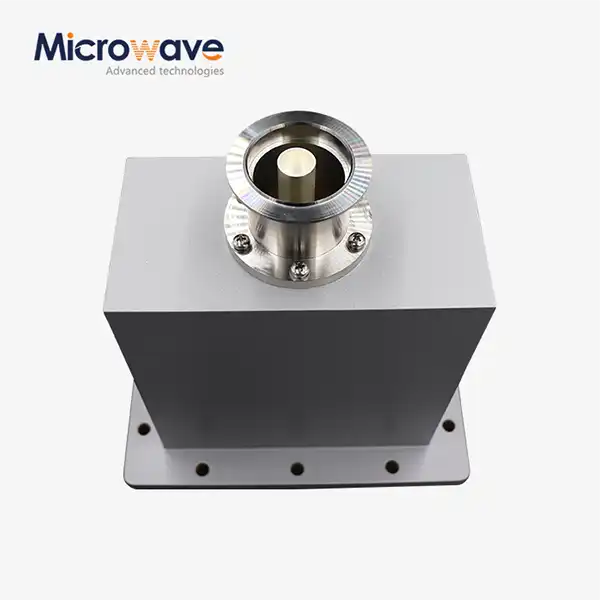 VIEW MOREEnd Launch Waveguide to Coaxial Adapter
VIEW MOREEnd Launch Waveguide to Coaxial Adapter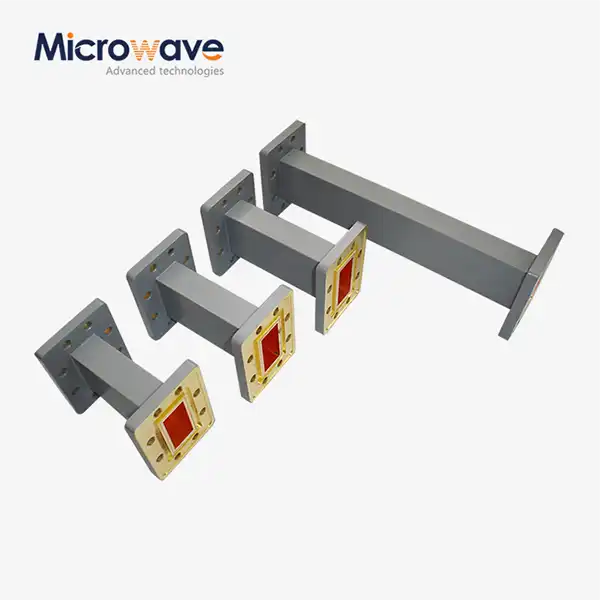 VIEW MORERectangular Straight Waveguide
VIEW MORERectangular Straight Waveguide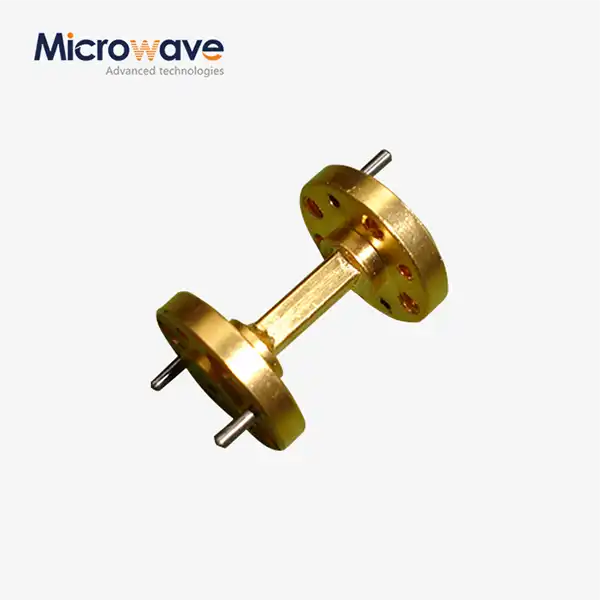 VIEW MORECircular Straight Waveguide
VIEW MORECircular Straight Waveguide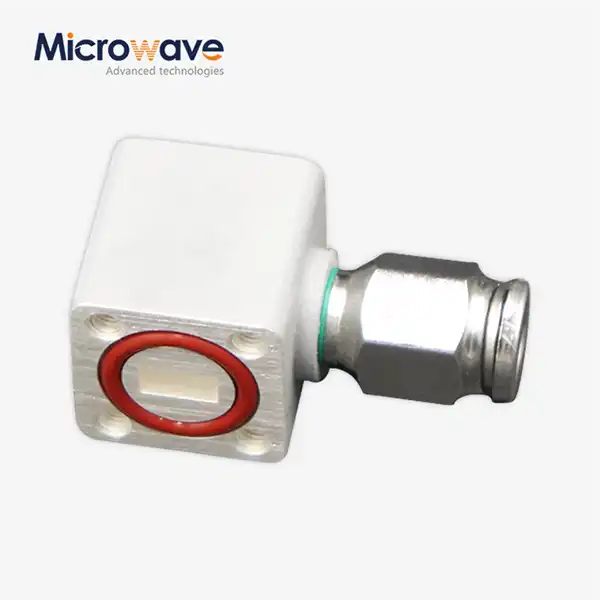 VIEW MOREInflatable Straight Waveguide
VIEW MOREInflatable Straight Waveguide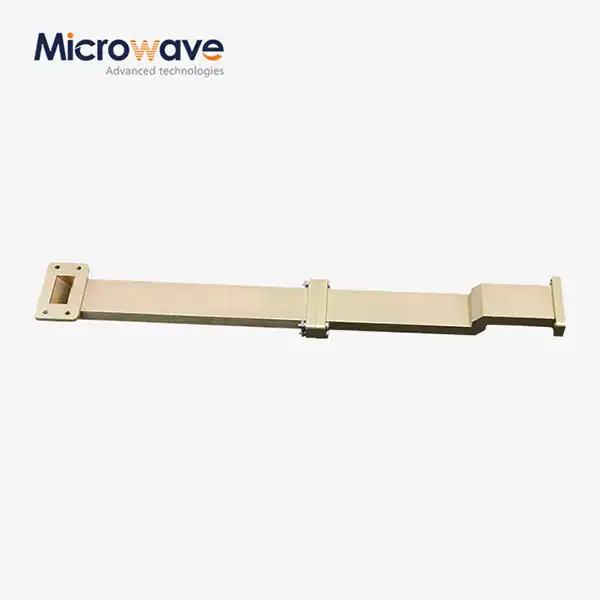 VIEW MOREWG Transition
VIEW MOREWG Transition VIEW MORERight Angle Waveguide To Coaxial Adapter
VIEW MORERight Angle Waveguide To Coaxial Adapter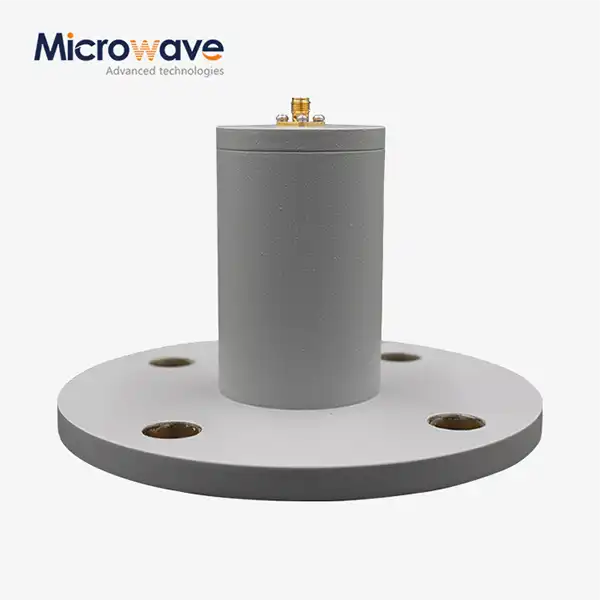 VIEW MORECircular Waveguide To Coaxial Adapter
VIEW MORECircular Waveguide To Coaxial Adapter




